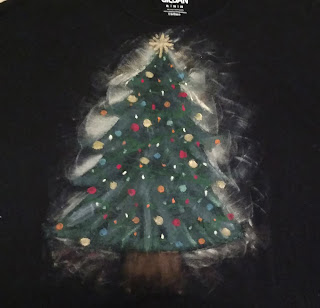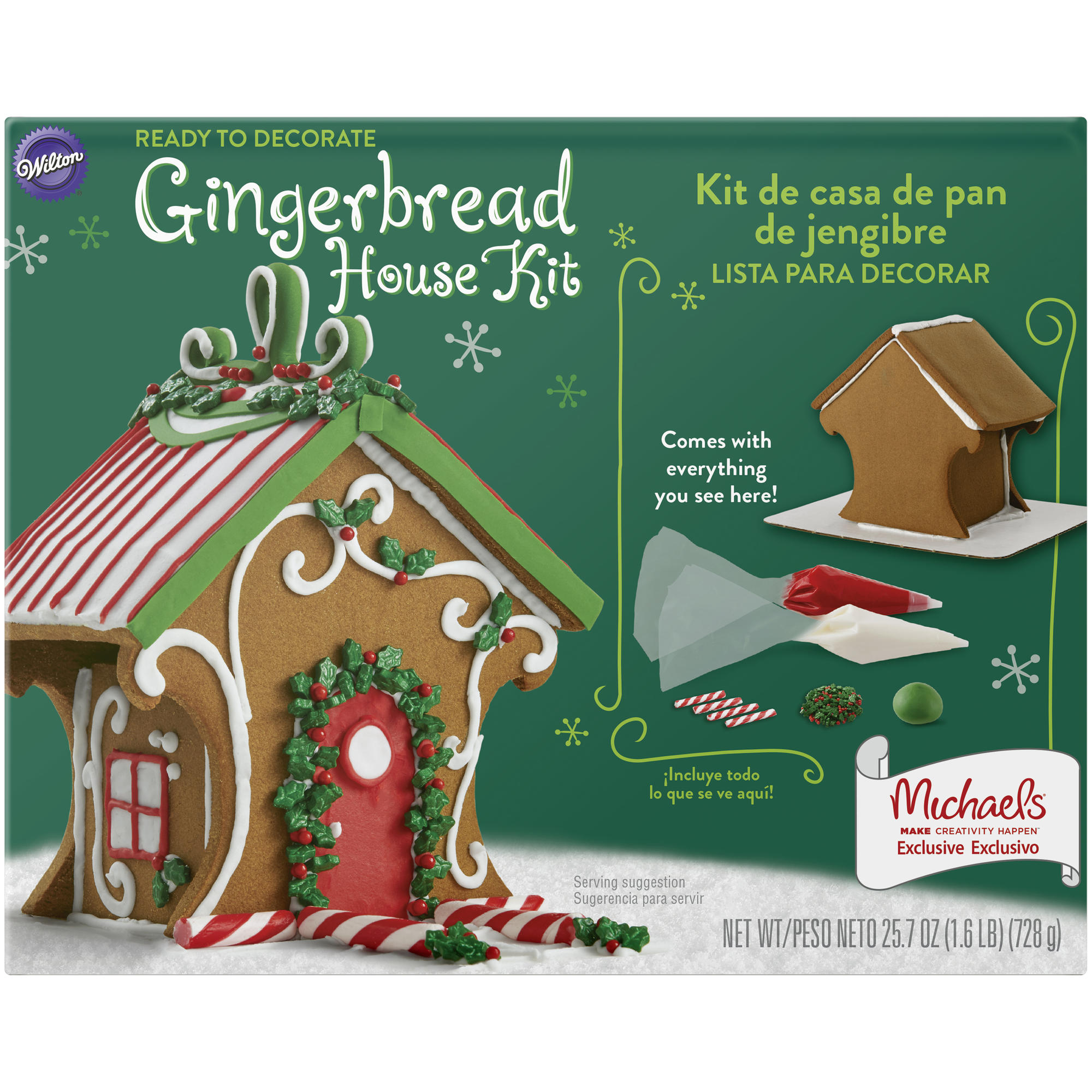Folding, banding, and bleaching t-shirts can remove or re-color certain dyes to create graphic effects similar to tie-dyeing. Putting bleach into a spray bottle can add "star field" and "galaxy" night-sky effects to blue t-shirts. And pre-painting with bleach can lighten specific areas of a shirt to make way for more subtle colors without needing multiple stiff, likely-to-crack-even-with-fabric-medium layers of craft paint.
Tips for Reverse-Dyeing With Bleach
- Bleaching only works on plant fibers and (some) synthetics
- Bleach will dissolve animal fibers, so keep it far away from wools and silks
- Work in a well-ventilated area
- You do not want to be overcome by bleach fumes
- Wear disposable gloves to protect your hands
- If using a sprayer or a paintbrush, wash it out with soapy water immediately after finishing your bleach work to avoid rusting the spray pump or destroying the hairs of the paintbrush
- Test a small, "invisible" area first
- Not all colors wll bleach; not all will bleach to white
- Many red are either permanent (will not bleach out), or will only bleach slightly
- Some navy dyes bleach to a reddish tan
- Let the bleach "develop" — some fabrics and colors won't change color immediately
- It may take a couple of minutes (or hours) for the color to fade
- Some dyes don't show the effects of bleaching until after the bleach has been washed out with water
- To keep the bleach from spreading out too far, either wash it out before it's bleached through too much, or dry it (in sunlight or with a hand-held dryer or heat gun) before it has a chance to spread
- To create a feathered or fadeout effect, spray the edges of your bleached areas with water before the bleach has time to completely dry; keep an eye out to make sure it doesn't spread too far

Overdyeing
This is the process of adding a color to an existing color. It can be used to change the color of something: I once overdyed ten yards of bright orange twill with red and burgundy dyes to create a warm rose color for a costume; more recently, I tie-dye folded a shirt that had I'd spray bleached to get different color tie dye effects. After that dye run had dried, I refolded the garment and overdyed it with a different squirt-on tie dye. Several iterations later (including another bleach run), this is what I ended up with:
Mixing in More Coloring Techniques
As you might have noticed from some of the earlier photos, I've heard "Blue Christmas" one too many times this season, and decided to have some pun with the title.
- I sketched out the areas of the captions and ghosts with a black fabric marker (some white tailor's chalk would have done better).
- Then I bleached out the "ghost" and "title" areas of the two shirts by painting them with a half-strength solution of household bleach. Using a paintbrush gave me good control over the areas I was bleaching; I used an inexpensive synthetic fiber brush to avoid the bleach destroying a natural-hair brush, and washed it out immediately afterwards.
- Some of the side "creep" of the white area on the royal blue shirt resulted from placing it a bit on edge before a sunny window (which is why I suggested drying flat in my bleaching tips above)
- The royal blue shirt only required small areas of craft paint to put details on the Elvis-impersonator ghosts; I also overpainted the word "boo" with pale blue metallic craft paint.
I took the punning a bit further on the heathered navy shirt, adding (Bob) Marley's ghost to the mix for the obligatory Dickensian reference. (I probably could have added past-present-future props to the backup singers, but didn't think of it at the time.) Since the navy only bleached to a pale brownish red, I used diluted white craft paint to paint in the ghosts and emphasize the text.
- In order to create the semi-spectral "Bob Marley" colors, I would have preferred to use straight liquid fabric dye for its transparency — but not having any in the appropriate colors, I mixed a couple drops of magenta and cyan dyes with yellow acrylic ink to create the red and green tones, respectively, and used the yellow ink directly for the yellow areas.
- I used bronze metallic paint mixed with yellow acrylic ink to create a more golden effect for the chains on both shirts, added in metallic green "Christmas trees" with metallic and glitter-dimensional-paint "red" decorations. (Again, I should have probably added white "snow" afterwards, but didn't think of it.)
Having run the pre-bleaching on these shirts tells me I should have used that, rather than trying to use a light color paint (and as close to a "dry brush" technique as I could on untreated fabric) to create the "glow" I wanted around the Christmas tree shirt I'd painted two weeks previously.
Which just goes to show that a bit of preparation and allowing yourself to play with the original colors of a t-shirt can do wonders in creating the effect you want.





















